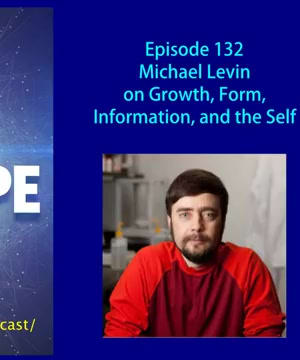Electric Circuits
Sources:
Here are some insights from trusted experts on the topic of electric circuits:
-
Components and Basics:
- An electric circuit consists of a conductor connecting devices that create an electromotive force (EMF), such as batteries or generators. This EMF allows a current to flow, and a circuit often includes additional elements like resistors, inductors, capacitors, and switches to enhance functionality 1.
- A continuous conducting path is vital. Breaks in this path can stop current flow, similar to a roadblock halting traffic 2.
-
Types of Circuits:
- Series Circuits: Components are connected end-to-end, so the same current flows through each. However, the voltage drop varies with resistance. For instance, in a string of light bulbs, if one fails, the entire circuit is disrupted 3 4.
- Parallel Circuits: Components are connected across common points, providing multiple paths for the current. Each component operates independently, which means one can fail without affecting the others. This reliability makes them suitable for most household wiring 4.
-
Practical Applications and Safety:
- Appliances like hairdryers or toasters use resistors to convert electrical energy into heat. Motors, on the other hand, convert electrical energy into mechanical energy, an excellent demonstration of energy transformation in circuits 5.
- Fuses and circuit breakers act as safety devices, preventing overloading by breaking the circuit if the current exceeds safe levels. This helps prevent accidents like electrical fires 6.
-
Innovative Uses of Circuits:
- Bioelectric circuits in living organisms demonstrate how ion channel manipulation can alter anatomical patterns, showing a fascinating crossover of biology and electronics. These biological circuits hold patterns in electrical states, guiding growth and form without genetic changes 7.
For a deeper dive into these topics, consider exploring episodes like the from , which covers the fundamentals and intricacies of electric circuits comprehensively.
RELATED QUESTIONS-
